History
The concept of a cathedral frequently brings to mind a static object, where, once the final stones have been placed, they remain impervious to time. It is tempting to see history through a grayscale filter and think of the great cathedrals as stoic white monuments filled with stone and, perhaps, the light of stained glass. However, the great cultural legacy of the medieval cathedrals is a legacy of change. Cathedrals continue to change long after the completion of their initial structure, as their occupants discover new needs, new fashions, and new priorities. Combined with acts of man, nature, and the passage of time, they are subject to constant evolution. The Cathedral Notre-Dame de Paris is an excellent example of this.
The recent fire at the cathedral has motivated a series of studies attempting to better understand the acoustics of Notre-Dame, its evolution over the centuries, and its influence on music, extending to projections in the aid of its restoration. We present here an overview of the interdisciplinary work around the research into the acoustic history of the Cathedral Notre-Dame de Paris.
Living Building
Construction
Beginning its construction in the 1160s, Notre-Dame de Paris was not the first ecclesiastical building erected on Île-de-la-Cité in Paris, nor was it the initial tribute to the Virgin Mary on the island. Scholarly evidence suggests that the impetus behind Notre-Dame's construction lay in the endeavour to restore and rebuild the infrastructure of the chapter following the Viking Age. The chapter refers to a collective of priests, canons, and clerics affiliated with a specific church or cathedral.
It emerged as one of the earliest manifestations in France of a Gothic architectural ethos, which had begun to develop across the Île-de-France region in preceding decades. Spearheaded by Bishop Maurice de Sully, developmental efforts commenced on the eastern extremity of the cathedral's ambulatory in the spring of 1163. Existing church structures underwent demolition to clear the grounds for the burgeoning cathedral. These included a small chapel dedicated to Mary beneath the contemporary transept and a large basilica situated beneath the present-day parvis of Notre-Dame.

A timeline of the major architectural moments in the history Notre-Dame Cathedral, including several Restaurations. A timeline of the evolution of musical styles is shown in parallel.
The inaugural phase of construction culminated in 1182 with the consecration of the grand altar. A substantial retaining wall was built to demarcate the consecrated chancel from the remainder of the construction site, allowing religious rituals within the finalized structure post-1182, unhindered by ongoing construction. Construction extended westwards, eventually reaching the western rose window and grand facade by the 1220s. Work on the lateral chapels concluded by the 1330s, leaving the external structure largely unchanged until 19th-century renovations.
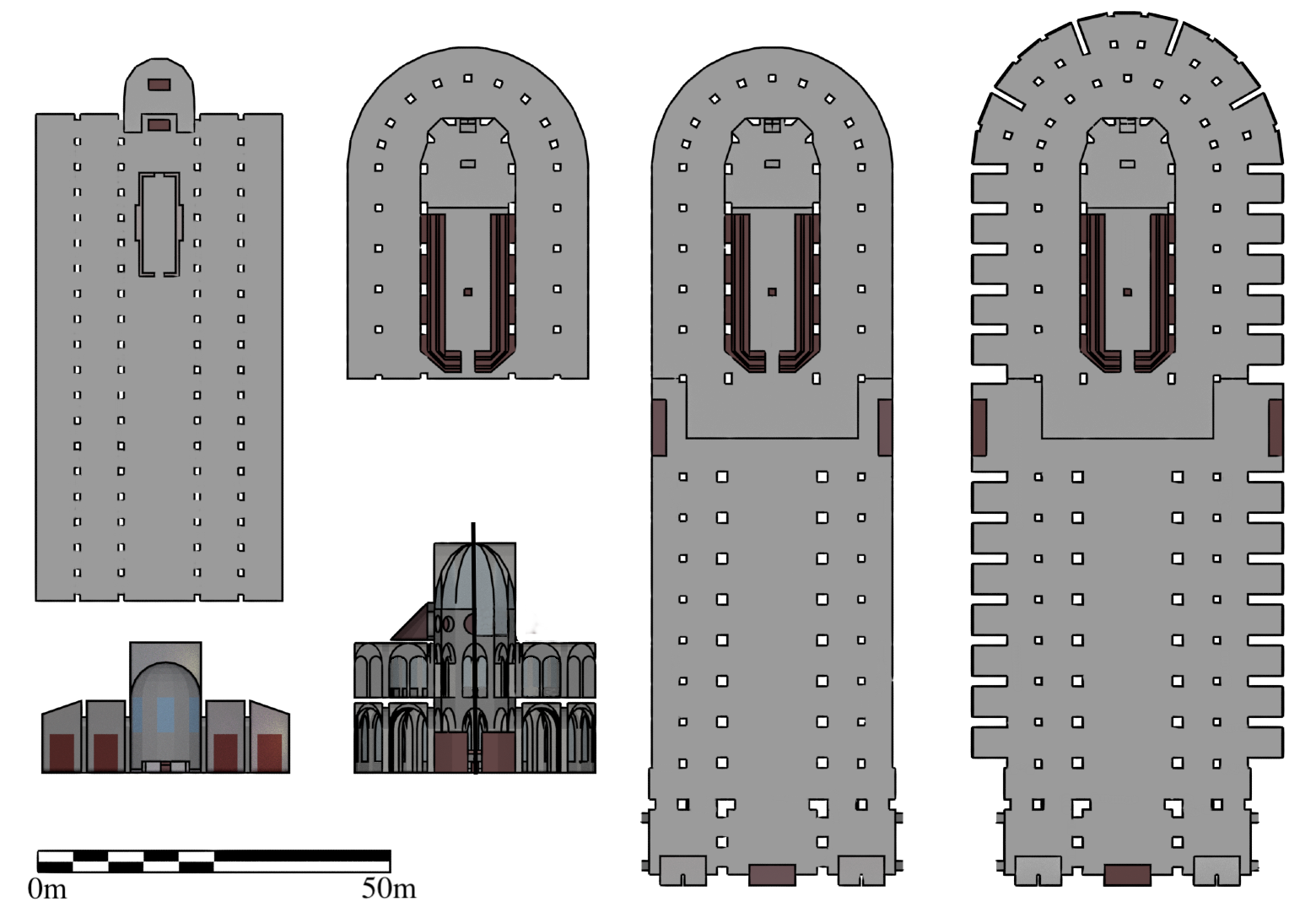
Acoustic model floor-plans and sections of cathedrals built on Île-de-la-Cité, from left to right: the pre-Gothic basilica underneath Notre-Dame’s parvis (before 1163); Notre-Dame at its consecration (1182); the termination of the nave (ca. 1220), the termination of the lateral chapels (ca. 1350).
Decoration
The chapter's presence within the cathedral quickly led to interior decoration. By 1182, choir stalls were in use. Over time, the liturgical choir became a "church within a cathedral". A large stone gate (jubé) was raised between the transept and the western entrance to the choir by 1135.
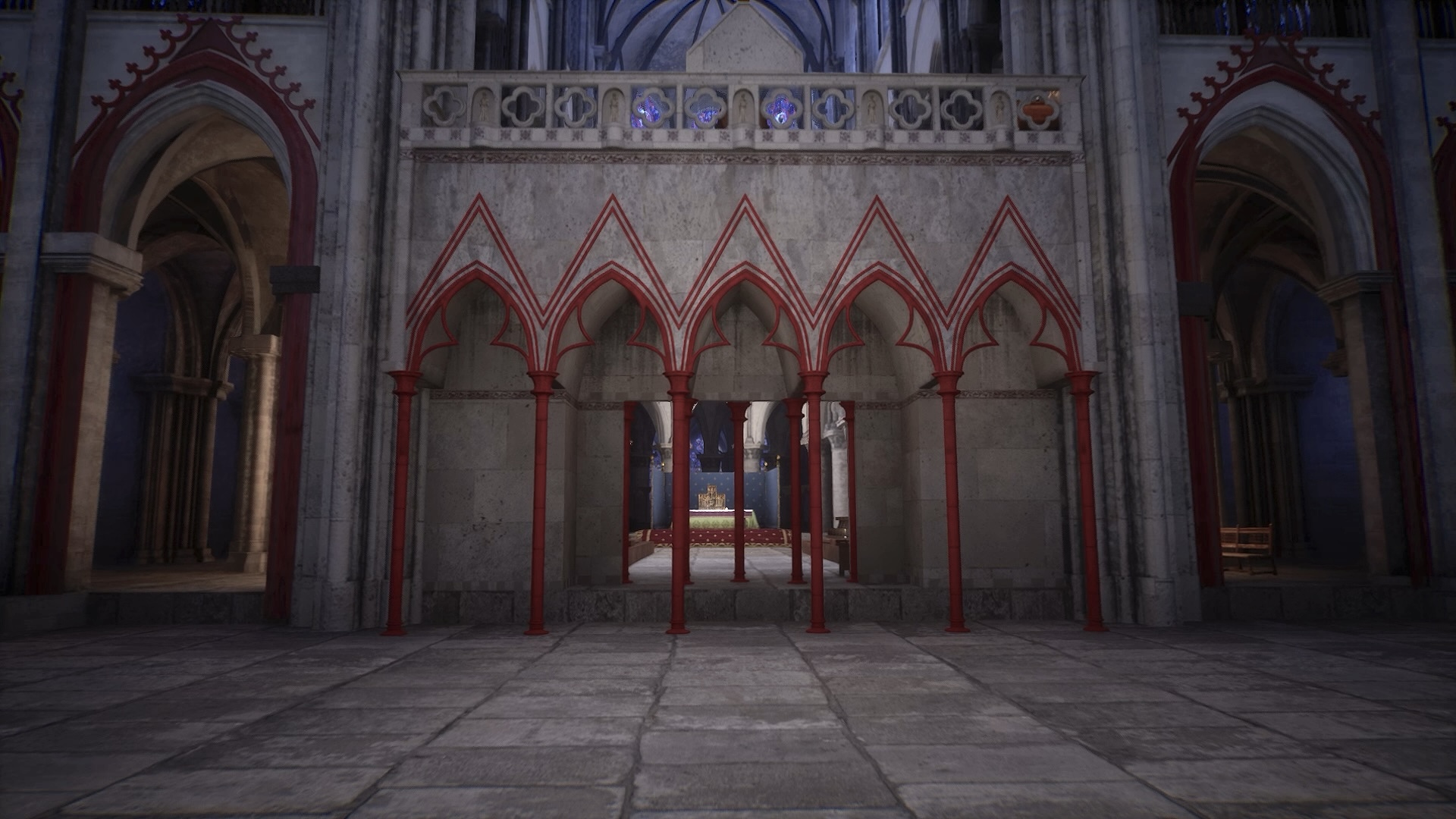
The jubé was later surrounded by highly ornamental stone walls (clôture). These walls created a ceremonial enclosure approximately 12 meters wide, 38 meters deep, and 33 meters tall.
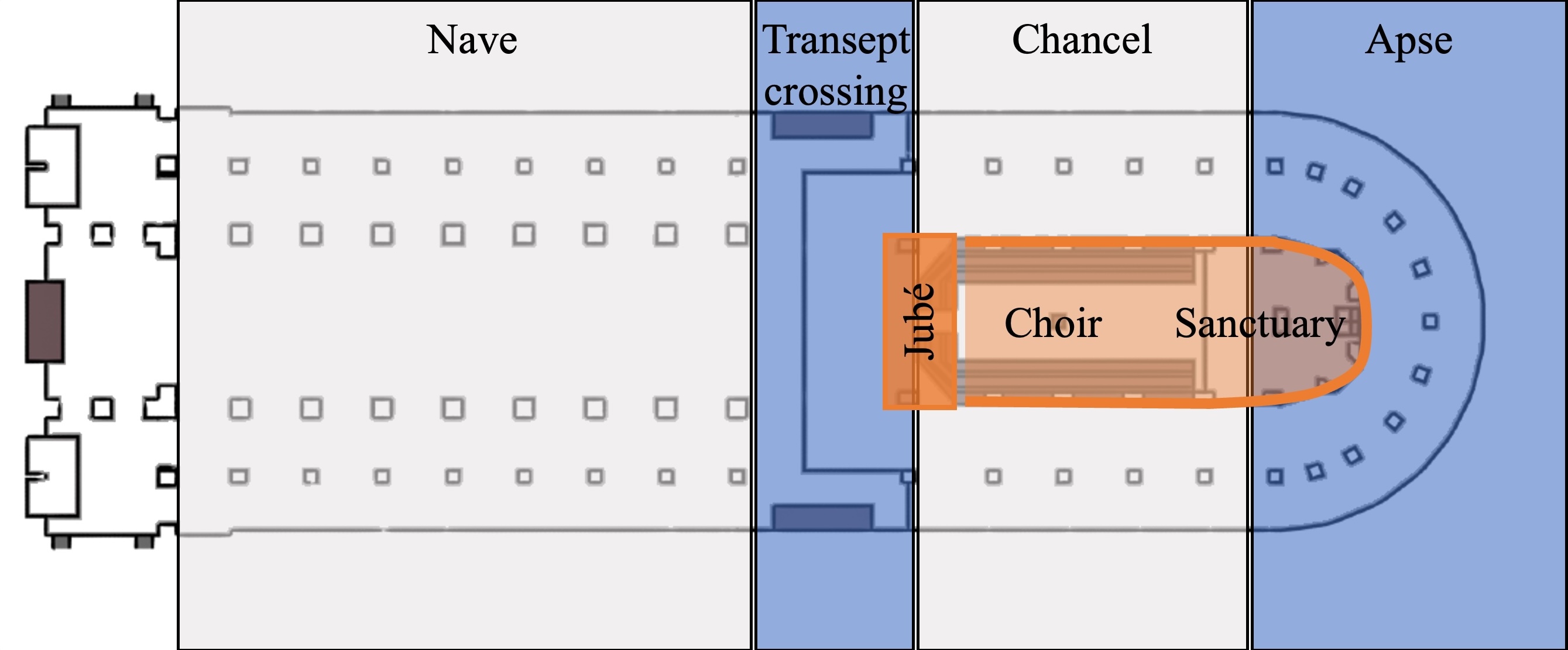
Interior decorations evolved with church records documenting inventories of tapestries, carpets, curtains, and hangings. Notable sculptures and monuments included a 9-meter-tall statue of St. Christopher (installed in 1413) and ex-voto statues funded by notable Parisians, such as one by King Philippe Le Bel.
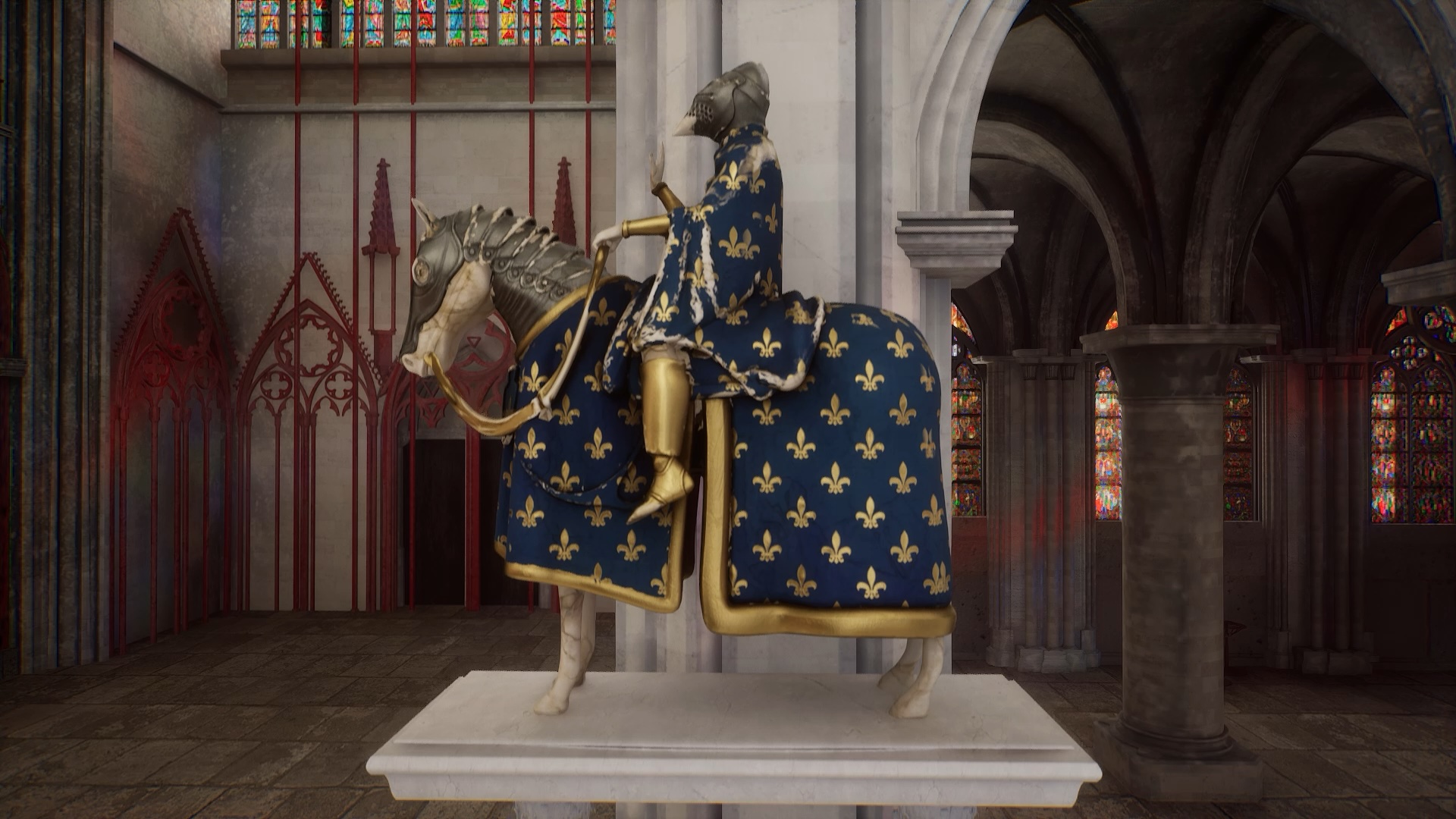
Living Heritage
The School of Notre-Dame and the Development of Written Polyphony
The Cathedral Notre-Dame de Paris has a rich musical tradition, beginning in its earliest years, from medieval plainchant to contemporary liturgy. Its most famous contribution to the development of Western European music was the School of Notre-Dame, associated with musicians Léonin and Pérotin. They pioneered a virtuosic style of singing that embellished established plainchants with polyphonic ornamentation. The performance of Parisian organa was associated with high feast days, during which the richly decorated chancel's acoustics played a significant role.
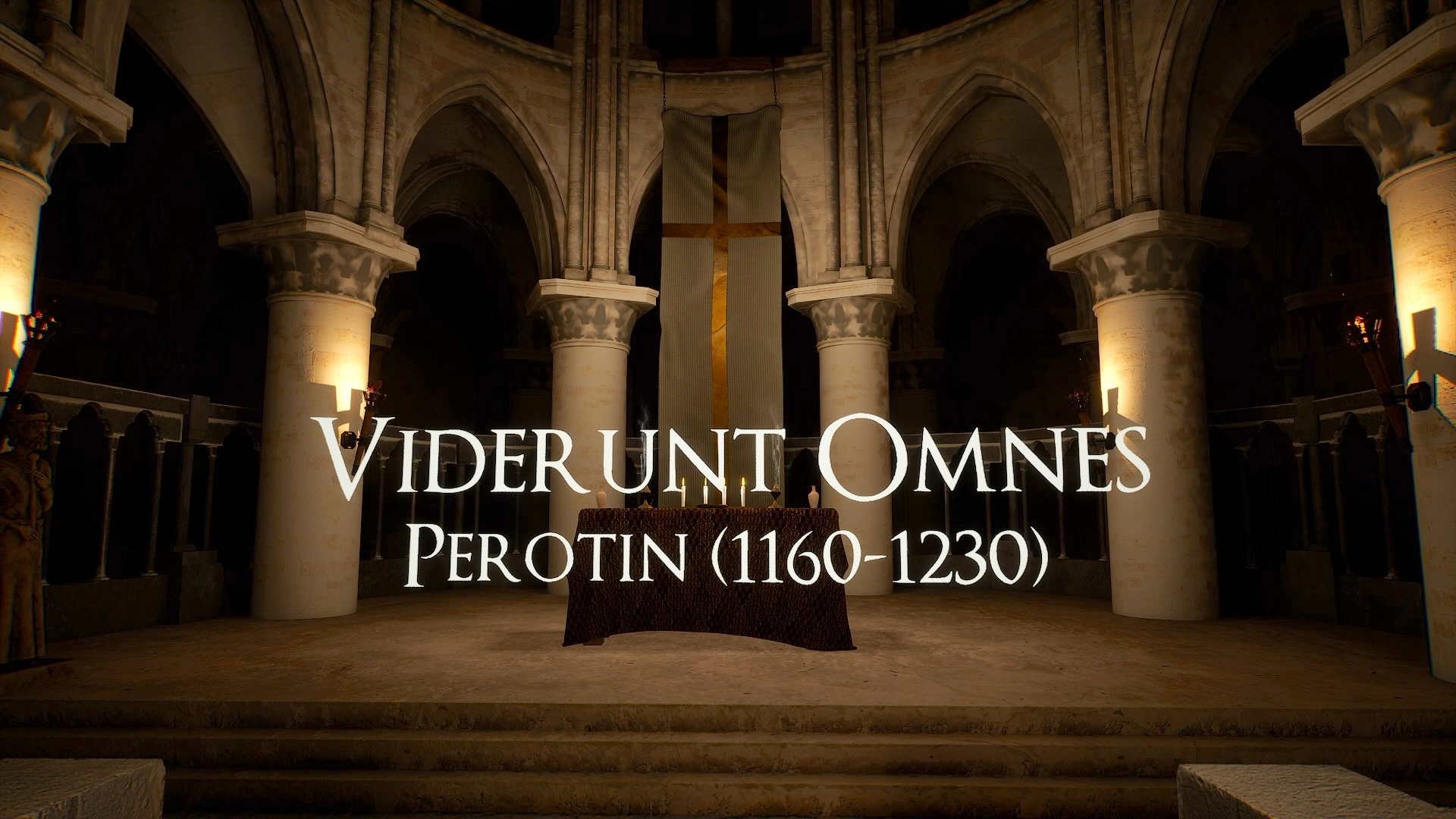
Medieval Organ
Installed pipe organs began appearing in large churches in the 14th century. At Notre-Dame de Paris, two Gothic organs were built in the 14th and 15th centuries. They were used on high feasts and special occasions. The repertoire, both written and improvised, remains largely speculative but was closely linked to the liturgical practices of the time.
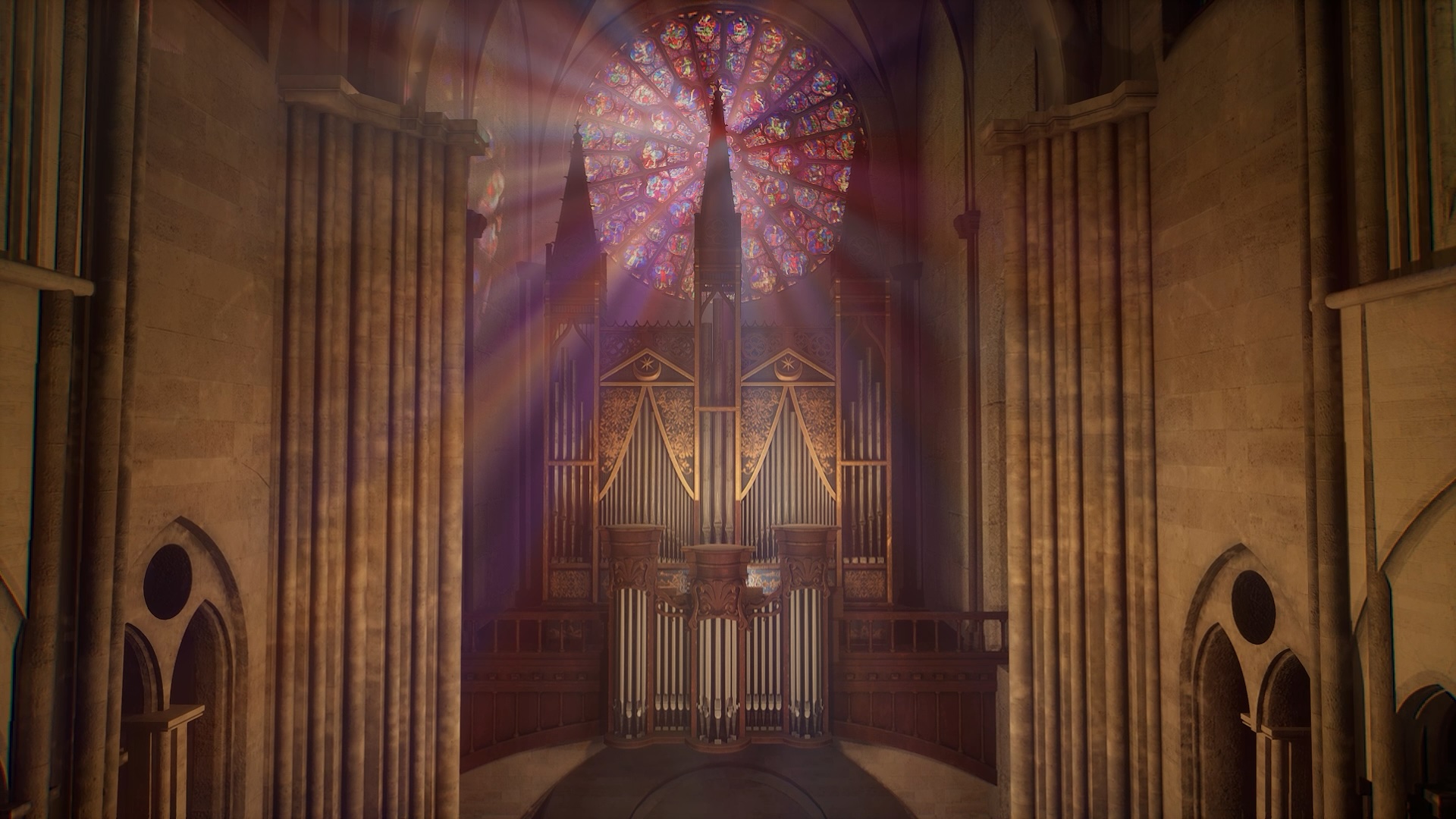
The Mays
Between 1630 and 1707, the Parisian goldsmiths' confraternity donated over 70 large paintings to Notre-Dame de Paris, collectively known as "the Mays". These monumental paintings were displayed below the triforium level, raising questions about their potential acoustic impact.
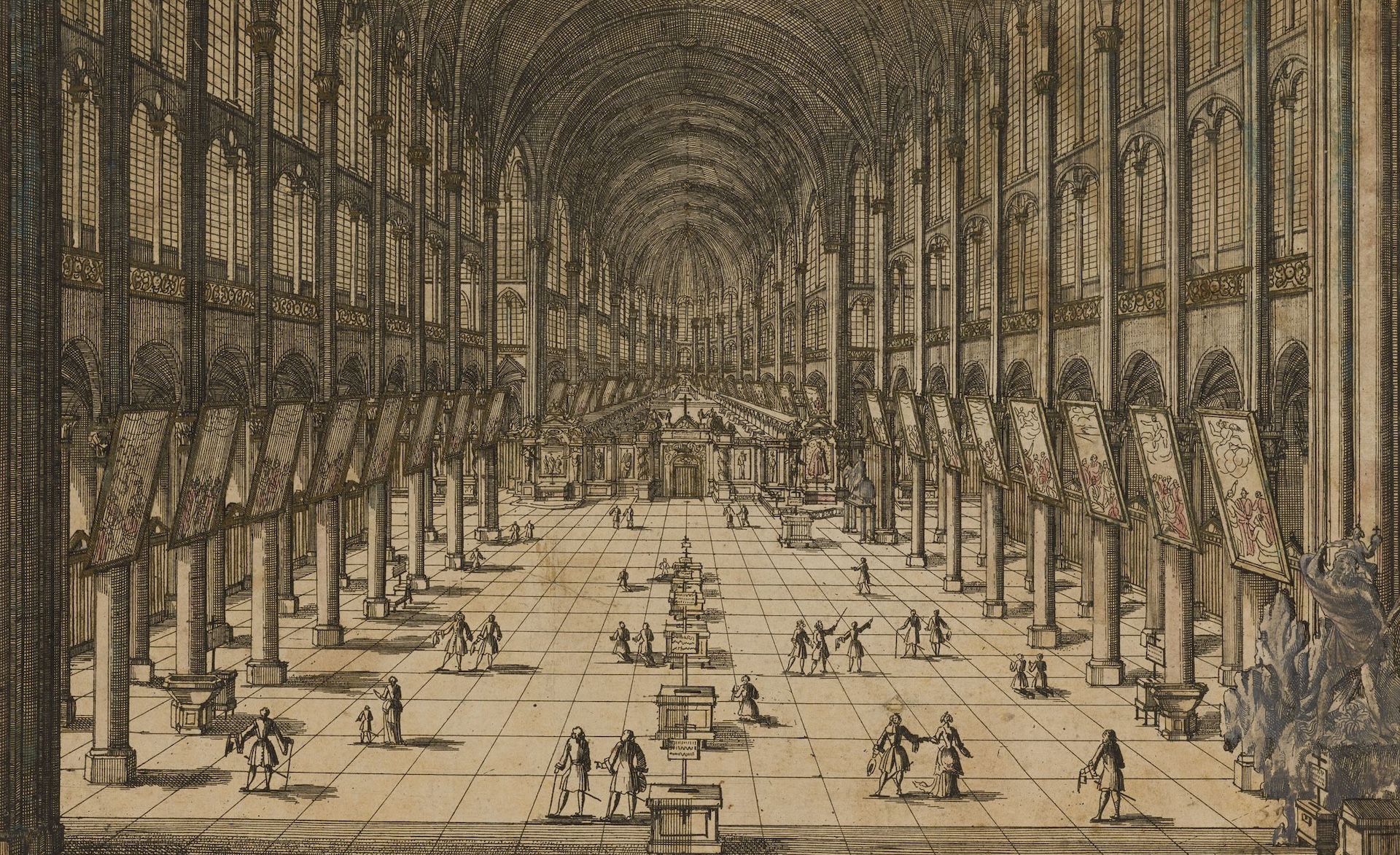
Inside view of Notre-Dame, by Aveline. Carnavalet Museum G.52918. CC0 public domain.
Revolution and Restoration
The French Revolution (1789) transformed Notre-Dame de Paris Cathedral into a Temple of Reason, desecrating and damaging it. Religious activities diminished during this period, but the cathedral underwent restoration in the 19th century under Eugène Viollet-le-Duc. Restoration projects revived Notre-Dame's Gothic features and significance.

Depiction of Notre-Dame after the French Revolution.